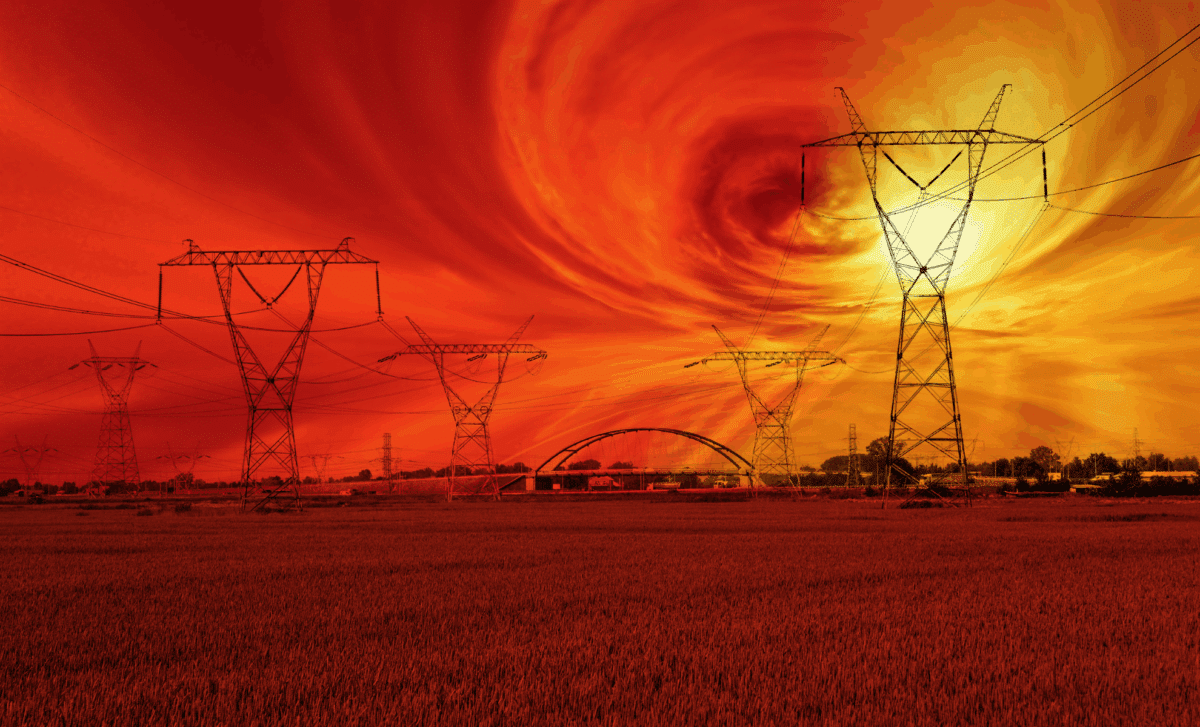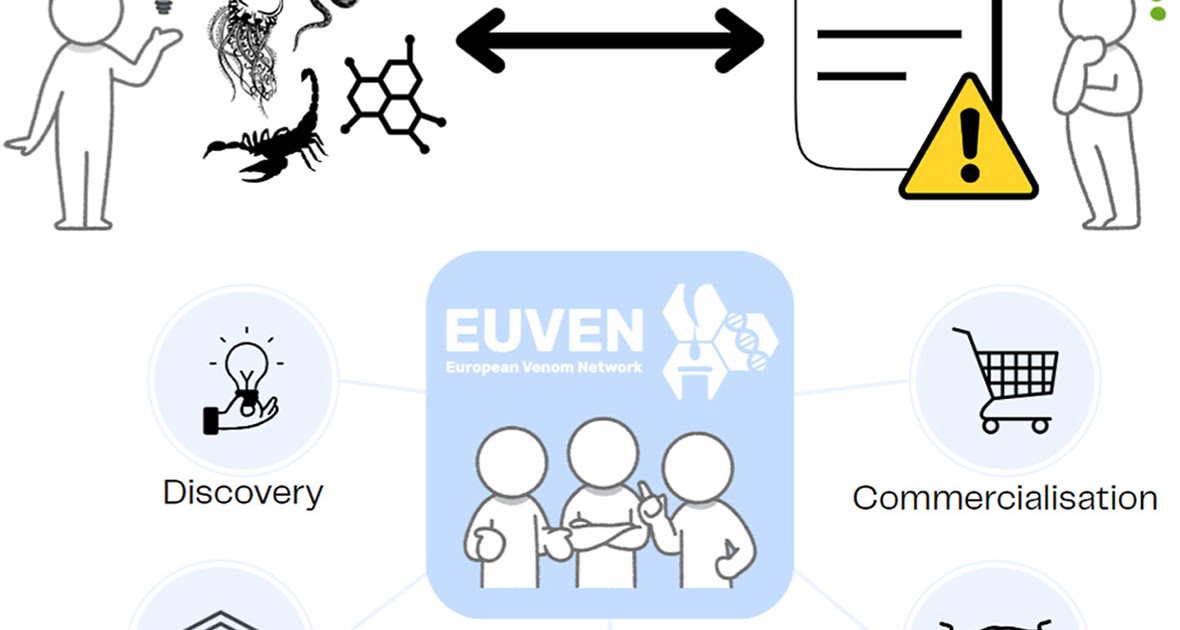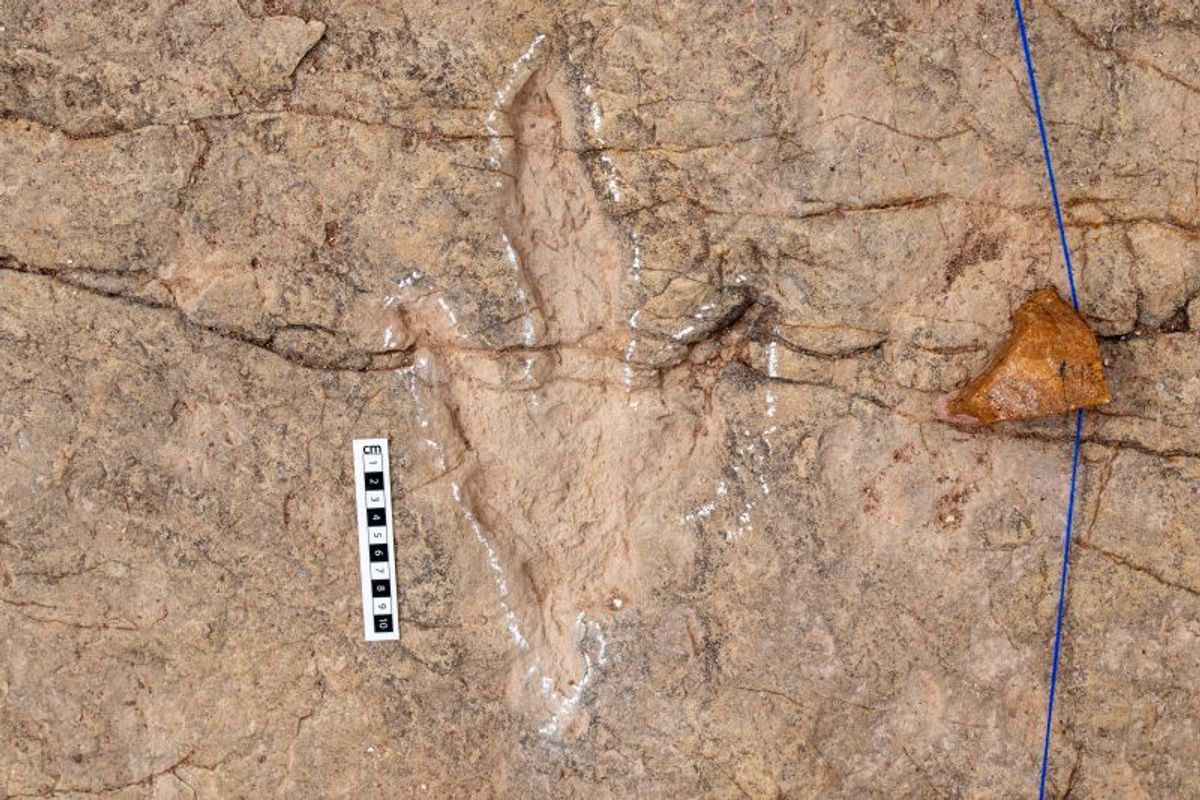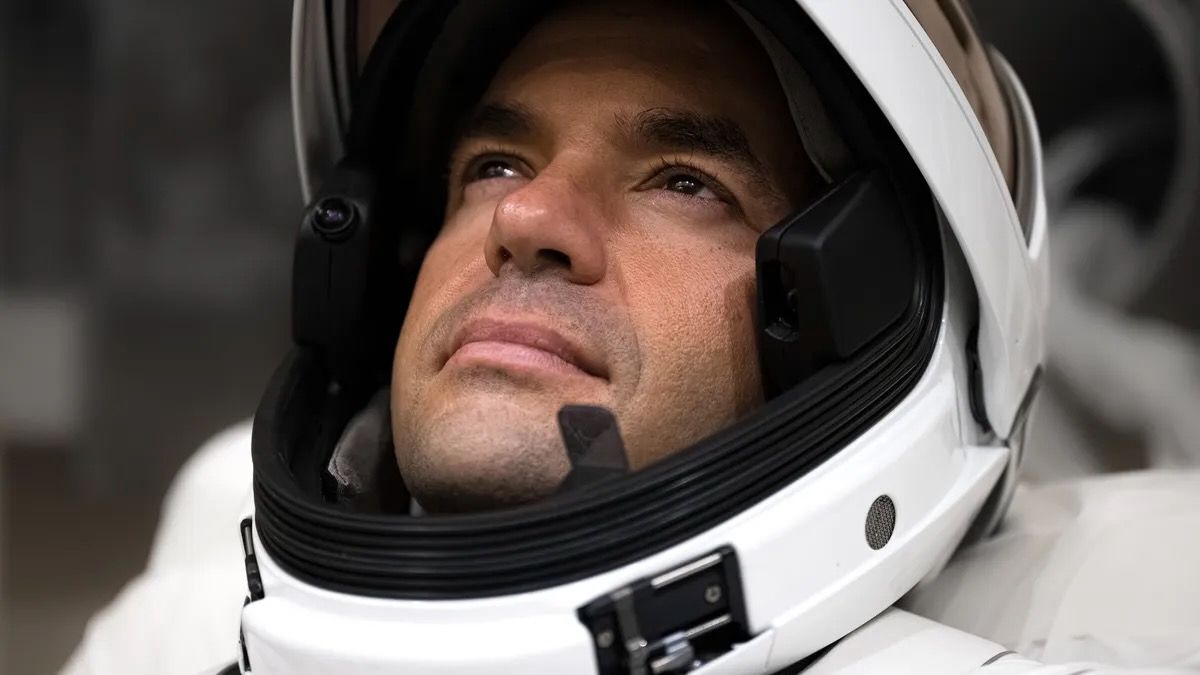Space weather can be a silent threat, and its effects are often invisible until disaster strikes. However, as humanity becomes more reliant on satellites for everything from communication to navigation, understanding and preparing for extreme space weather events becomes critical. The European Space Agency (ESA) He recently put this preparation to the test with a dramatic simulation, attempting to replicate the effects of one of the most powerful solar storms in history. The goal? To ensure that ESA mission teams can manage the chaos that would unfold in the event of a real solar catastrophe.
The unpredictability of space weather
Space weather is driven by the unpredictable behavior of the Sun. Solar flares and coronal mass ejections (CMEs) release enormous amounts of energy, including high-energy particles and electromagnetic radiation, into space. When these phenomena hit Earth, they can cause major disruptions to satellites, power grids, and even GPS systems.. The ESA It recently tested its readiness for a major space weather event by simulating the effects of a solar storm similar to the Carrington Event of 1859, the largest solar storm ever recorded.
This exercise, part of the Sentinel-1D mission simulation, aimed to understand how ESA mission teams would respond to a massive solar flare.
“If such an event were to occur, there are no good solutions. The goal would be to keep the satellite safe and limit the damage as much as possible,” says Thomas Ormston, deputy director of spacecraft operations for Sentinel-1D.
The scope of the simulation was not limited to just isolated satellites, but considered the effects on multiple spacecraft and systems, emphasizing the need for coordinated responses to these perturbations on a global scale.

The first signs: solar flares and their impact
The first phase of the simulation began with a solar flare: an intense burst of radiation from the Sun. These flares are capable of disrupting satellite communications, radar systems and GPS navigation. In this simulation, a huge X45 class flare was modeled, far beyond the strength of a typical solar flare. The effect was immediate: communications were disrupted, navigation systems failed, and ground stations, especially in the polar regions, lost their ability to track satellites.
“The solar flare took the team members by surprise. But once they regained their composure, they knew that a countdown had begun. In the next 10 to 18 hours, a coronal mass ejection would occur, and they had to prepare for it,” explains Gustavo Baldo Carvalho, head of Sentinel-1D simulation.
The unpredictability of such events is part of the challenge:space weather It is not something that can be predicted with the same precision as Earth’s weather. The team had to stay alert and prepare for the cascading effects that would soon follow.
The real test: coronal mass ejection
When radiation from the solar flare reached Earth, The next phase of the simulation introduced a coronal mass ejection (CME)a massive explosion of solar wind and magnetic fields. This event was particularly devastating for satellites in low Earth orbit, as the CME can cause them to experience atmospheric drag. This drag pushes satellites out of their typical orbits, increasing the risk of collisions and making it difficult to track them accurately.
“If such a storm were to occur, the resistance of the satellites could increase by 400% with local peaks in atmospheric density. This not only affects the risks of collision but also shortens the useful life of the satellites due to the increased fuel consumption to compensate for the fall from orbit,” says Jorge Amaya, Space Weather Modeling Coordinator at ESA.
Satellites would face much more than a navigational challenge; their lifespan would be drastically shortened as they battle an altered atmospheric environment. This scenario highlights how critical it is to plan for these disruptions in advance, as satellite longevity is key to the operation of many critical services.

Satellite collision risks: a delicate balance
As satellites in orbit faced the brunt of the storm, another problem arose: collisions. The massive increase in atmospheric density caused by the CME It meant that satellites, already vulnerable to radiation and drag, were now at risk of colliding with space debris and other spacecraft. The increased probability of collision transformed the decision-making process into a delicate, high-stakes game of balancing priorities.
“The immense flow of energy expelled by the Sun can cause damage to all of our satellites in orbit. Satellites in low Earth orbit are usually better protected by our atmosphere and our magnetic field from space dangers, but an explosion of the magnitude of the Carrington event would not leave any spacecraft safe,” says Jorge.
The risk of collision became a central concern for ESA mission control teamsand with the rapid acceleration of these events, decision making became more complex. According to Jan Siminski of ESA’s Space Debris Office, “an event of such magnitude would severely degrade the quality of conjunction data, making collision predictions increasingly difficult to interpret as probabilities change rapidly.”
#ESAs #latest #solar #storm #test #reveals #devastating #impact










